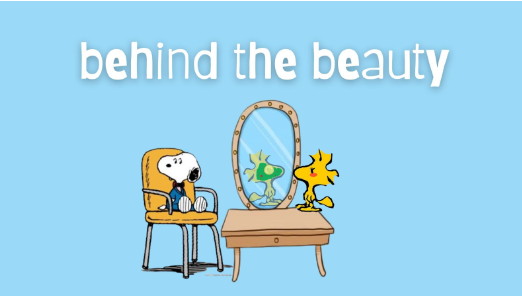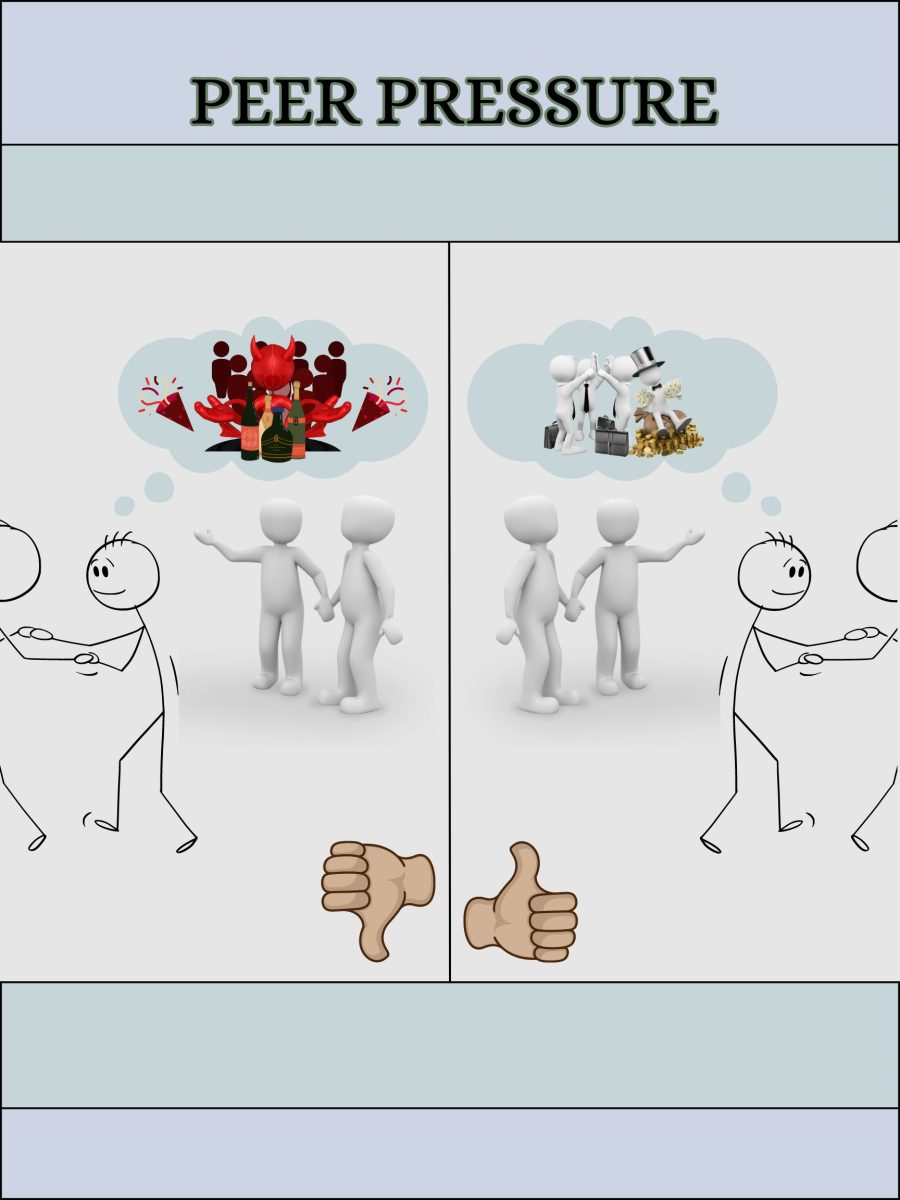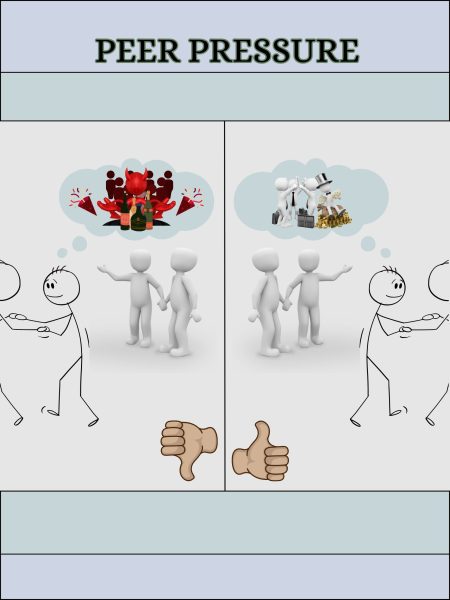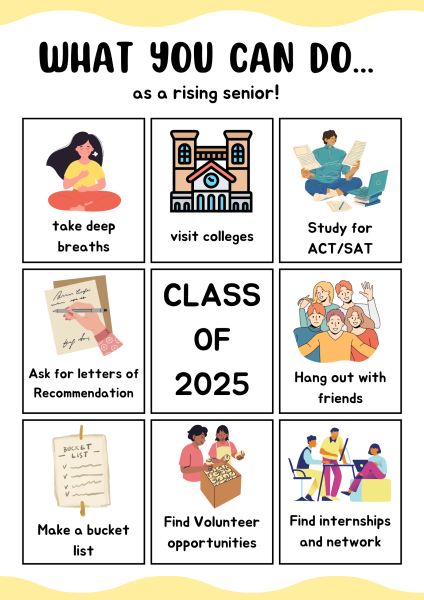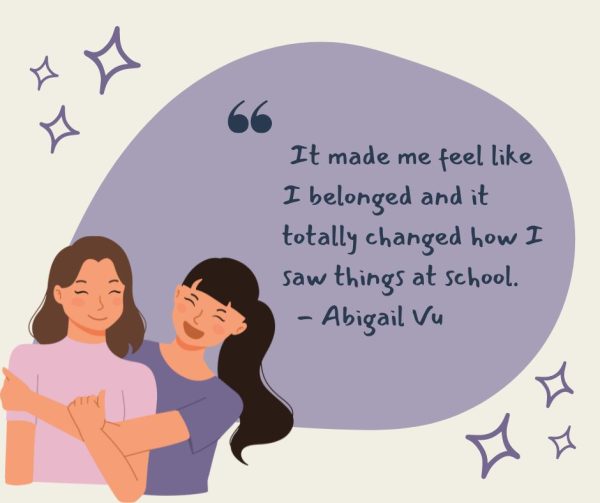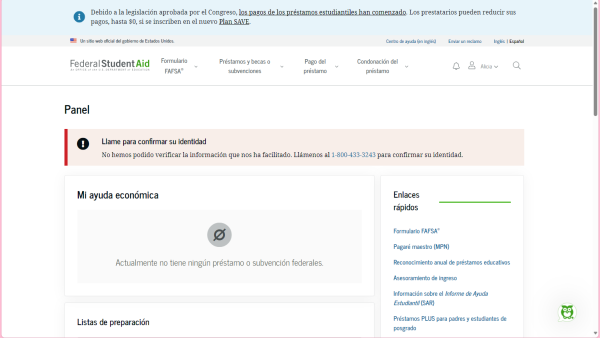The path to college isn’t as easy for latinx students
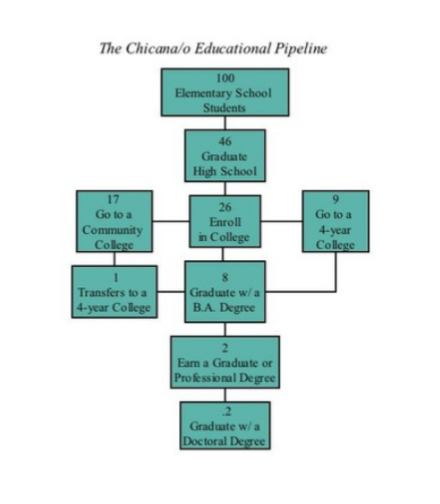
Expected Educational Timeline
February 28, 2018
One hundred Latinx enroll into elementary school, yet less than half of them enroll into college. This idea is called the term “The Educational Pipeline.” To briefly summarize, this idea, described by Alejandro Covarrubias, is simply that, “The education pipeline model has been used for presenting data, revealing trends, and presenting the sequential patterns of success or failure for groups along their academic journeys.” Furthermore, based on the fact that our school’s population is predominantly Hispanic or Latinx, I think it’s more than relevant to bring this idea to the table.
To begin with, many factors play into the educational pipeline. A few of these factors include: institutional racism, students driven towards “trade jobs” by educators, debt, and choosing work over education to help their living situation. Due to these factors, it’s causing more and more Latinxs to lose interest in education or having to sacrifice it.
Looking at each factor in depth, it is clear that there is a problem. The first factor, being institutional racism, is something people of color have always dealt with for hundreds of years. “For example, during the 1950s and 60s a lot of the civil rights that the Latino community has fought for has been for educational rights,” states Michael Rodriguez, an educator at Saddleback High School. Rodriguez adds, “…segregation is something that we’ve had to fight to end..” Of course, this leads to the next factor. Latinx students would talk to counselors, and counselors would tell them that they work well with their hands, hence, driving them to trade jobs. This creates a demotivational attitude towards education and inclines them to go towards the workforce without an education rather than staying in school.
Furthermore, debt is a massive issue that affects Latinx students. Although debt is a very big problem in general, I only wanted to emphasize this issue in this specific group. Colleges have gotten a lot more expensive, making it a lot harder to finish or even enroll. “Debt is really driving people’s economic situation down… but also it’s driving a lot of Latinos out of education because… you have to pay for it… because if you’re looking at the working class, some people just don’t go down that route,” Rodriguez states. Additionally, we see Latinx go down the route of enrolling into junior colleges in which they get more lost in the system. Students will start there but will also start working to pay for their tuition. They’ll put more work into their jobs rather than going to college and finishing. However, in some cases, the student has no choice but to work full-time because of their family situation. We see this a lot in with immigrant families; most of the time the students don’t have the same advantages as others. Additionally, they are typically first-generation students that have to navigate their education on their own.
On the whole, as a society, we need to be aware of how much it’s affecting such a large community of people. There’s still a lot of inequality and struggle that we need to go through to create a more perfect society. Rodriguez states, “There’s still work to be done… real transformation that needs to happen.” We all need to realize that the struggle isn’t over yet.








